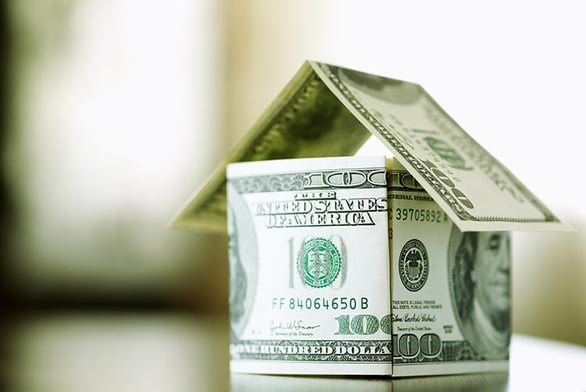
In 2020, investors enjoyed historically low capital gains tax rates. However, capital gains taxes weren't always so accommodative. Since the capital gains tax was instituted, it's been more common to see rates higher than 20%. For the curious, two questions arise — where did the capital gains tax come from, and what does its storied history look like?
In this article, we’ll look at how the long-term capital gains rates have changed over time. As a quick refresher, short-term capital gains are on investment assets held for a year or less. Short-term gains are taxed at the ordinary income tax rate. Long-term capital gains are on investment assets held for more than one year.
Creating The Capital Gains Tax
Why did the capital gains tax come into being? What was the government's motivation?
After WWI, then republicans took victory in the 1920 federal elections. They passed the Revenue Act of 1921. This act began the capital gains tax. Andrew Mellon, Secretary of the Treasury, pushed for lower taxes to help the economy expand. These tax reductions played a role in jump-starting the roaring 20’s.
Right after the act was instituted, the capital gains tax rate was set at 12.5%, although Mellon wanted an even lower rate. Unlike our current long-term capital gains tax, the 1921 tax applied to assets held for at least two years.
Capital Gains Taxes During The 20th Century
Following the Great Depression, the capital gains tax rate jumped to 23%. It then fell to 15% briefly at the beginning of WWI. In 1942, the tax went back up, hitting a new high of 25%. From here, it would go on to make a long run across a high plateau, peaking at 35% during the mid-1970s. It would finally fall back to 15% but not until 2003.
Since 2003, the capital gains tax rate hasn't gone above 20%. The long-term rate hit a low of 5% between 2003-2007. It trended to its lowest point during the 2008-2012 period, hitting zero for the lower bound rate. Three different rates were introduced during the 2008-2012 period. The 0% rate applied to the 10% and 15% income tax brackets. The other two rates were 15% (25%, 28%, and 33% brackets) and 20% for those in the 38.6% and above bracket.
When President Trump was elected in 2016, he reduced the number of long-term capital gains tax brackets from seven to only three. These changes went into effect starting with the 2018 tax year and have been there ever since.
2021 Long-Term Capital Gains Rates
For 2021, we can expect the same three brackets that we saw in 2020: 0%, 15%, and 20%. Income thresholds are the constant change from year to year, and that is no different for 2021. Below are the brackets for 2021.
|
Capital Gains Tax Rate |
Taxable Income (Single) |
Taxable Income (Married Filing Separate) |
Taxable Income (Head of Household) |
Taxable Income (Married Filing Jointly) |
|
0% |
Up to $40,400 |
Up to $40,400 |
Up to $54,100 |
Up to $80,800 |
|
15% |
$40,401 to $445,850 |
$40,401 to $250,800 |
$54,101 to $473,750 |
$80,801 to $501,600 |
|
20% |
Over $445,850 |
Over $250,800 |
Over $473,750 |
Over $501,600 |
Most investors strive to hold investment property for more than a year to achieve long-term capital gains status and take advantage of the tax break. Throughout history, long-term capital gains rates have fluctuated but have remained below ordinary income (and thus short-term capital gains) rates, showing that it does pay to be patient.



